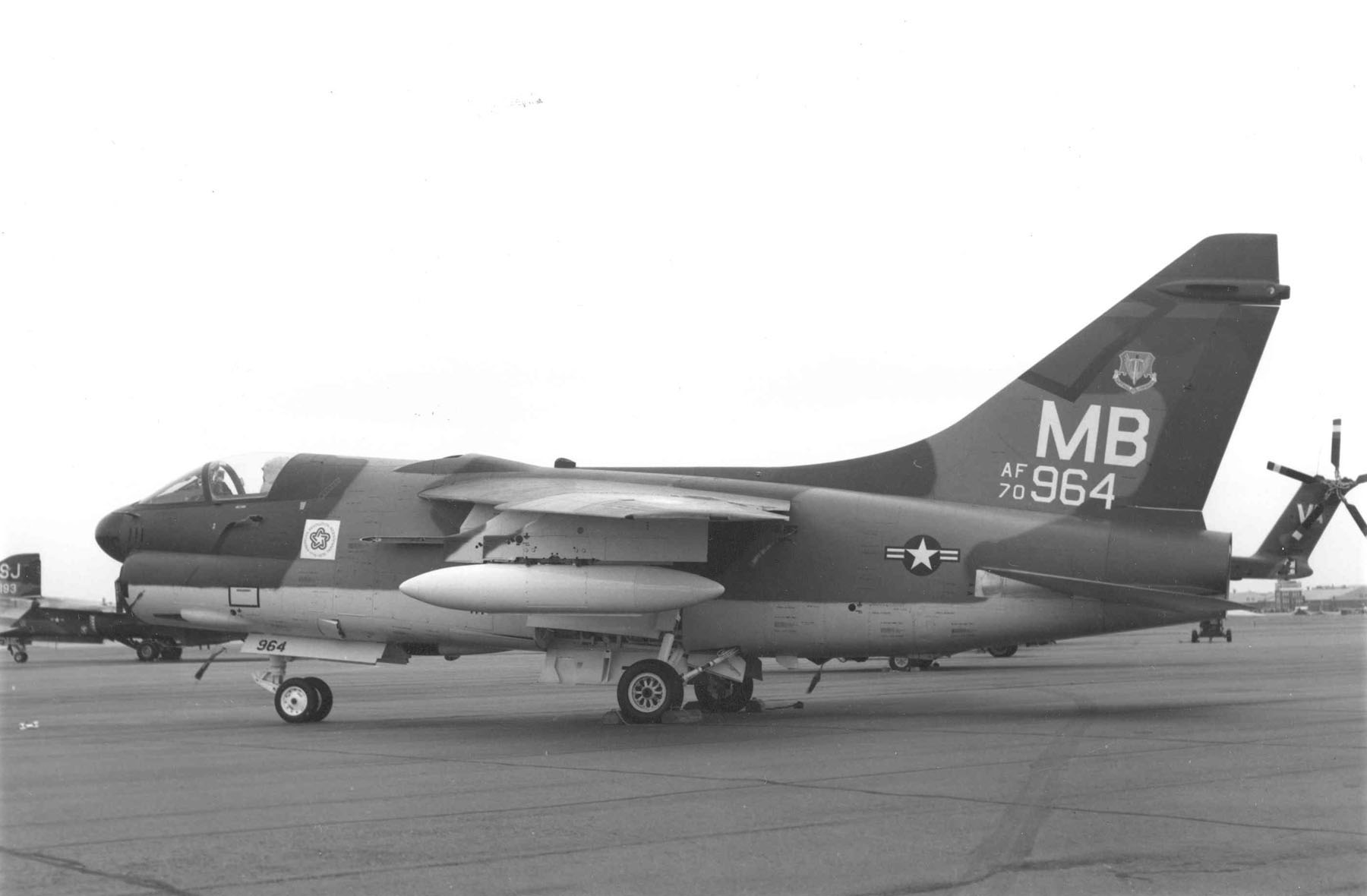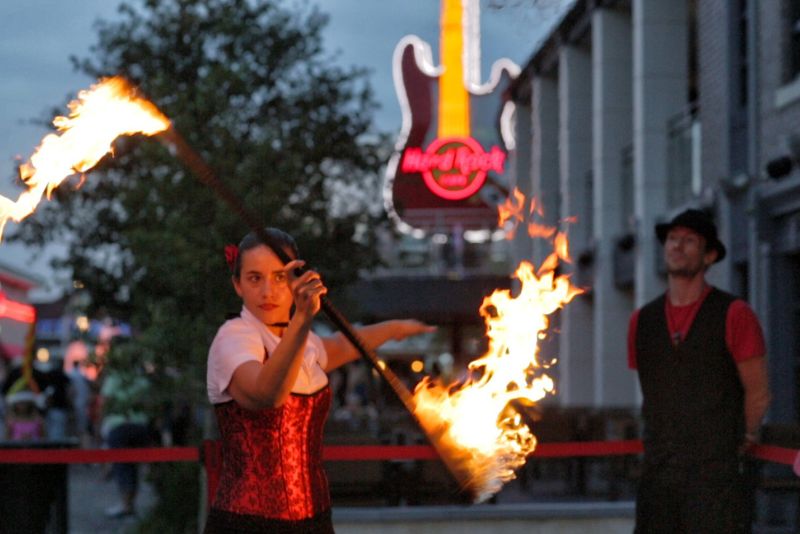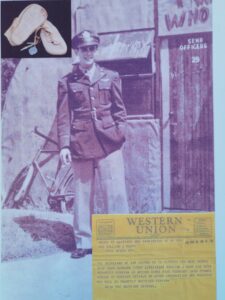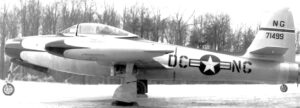by Melissa LaScaleia
This month, we explore the origins of the 354th Fighter Group of the United States Air Force, which was stationed at the Myrtle Beach Air Force Base for many years.
The roots of the 354th stretch back to the inception of the 342nd Fighter Day Wing which was implemented at the Myrtle Beach Air Force Base on July 25, 1956. The 342nd Fighter-Day Group, 342nd Air Base Group, and 455th Fighter-Day Group were all subordinate units under the command of the 342nd, overseen by Colonel Robert G. Emmens. The 342nd Fighter Day Wing was created to be a fully functional fighter-day wing, primed to face any obstacle, but in reality, the Wing faced many operational and logistical challenges as a new wing functioning on a new base.
The 342 Fighter-Day Wing was in existence for 117 days. On November 19, 1956, it was redesignated the 354th Fighter-Day Wing. The non-flying support elements of the wing were redesignated the 354th Air Base Group; and the entire unit consisted of 84 officers, 3 warrant officers, and 911 enlisted men.
As part of its arsenal, the 354th had several RF-80s and one B-26 Invader. In 1957, the 354th received an influx of F-100 pilots from the 31st Fighter-Bomber Wing at Turner Air Force Base in Georgia.
In 1958, the USAF reorganized the entirety of its naming structure across the board, and the 354th Fighter-Day Wing officially became the 354th Tactical Fighter Wing on July 8. The support group element was renamed the 354th Combat Support Group, in October 1962.
During the ensuing years, the 354th played a large support role for NATO, and deployed F-100s to Europe continuously. On July 15, 1958, the 354th made their first sojourn to Europe, to Aviano, Italy. In 1961, during the Berlin Wall crisis, eighteen F-100s were deployed to Hahn Air Base in West Germany. In 1963, they deployed to Elmendorf Air Force Base, in Alaska. They were also active during the Dominican Republic Crisis in 1965, sending support to Puerto Rico and the Dominican Republic.
During the Vietnam War, the 354th deployed for several years to Spain, Japan, South Korea, and South Vietnam, leaving no one at home. With all of its fighter squadrons stripped away to support the Vietnam War, the 354th Tactical Fighter Wing was reassigned to Kunsan Air Base, South Korea, in 1968. During the Vietnam War, it was common practice to deploy entire units from their home bases and attach them indefinitely to another wing to support the widescale war effort. But the cohesiveness of the unit was important for morale, and the re-assignation and lack of unit integrity caused widespread loss of morale and operational disorganization in many cases.
On June 14, 1970, the 354th Tactical Fighter Wing was inactivated at Kunsan, and activated a day later at Myrtle Beach AFB. Their new role was to train combat crew in T-33s and A-7D aircraft. Additional Fighter Squadrons were reassigned and integrated into the 354th at Myrtle Beach. All 354th Aircraft eventually had the designation “MB” for Myrtle Beach AFB painted on their tail.
In 1972, the 354th was again active in Southeast Asia, taking over the heroic Combat Search and Rescue role, and assisted downed airmen while flying over 4,000 combat assignments. The 354th was awarded the Presidential Unit Citation for its service in Vietnam during 1972-1973.
Click here to read more about the history of Market Common and surrounding area.




















